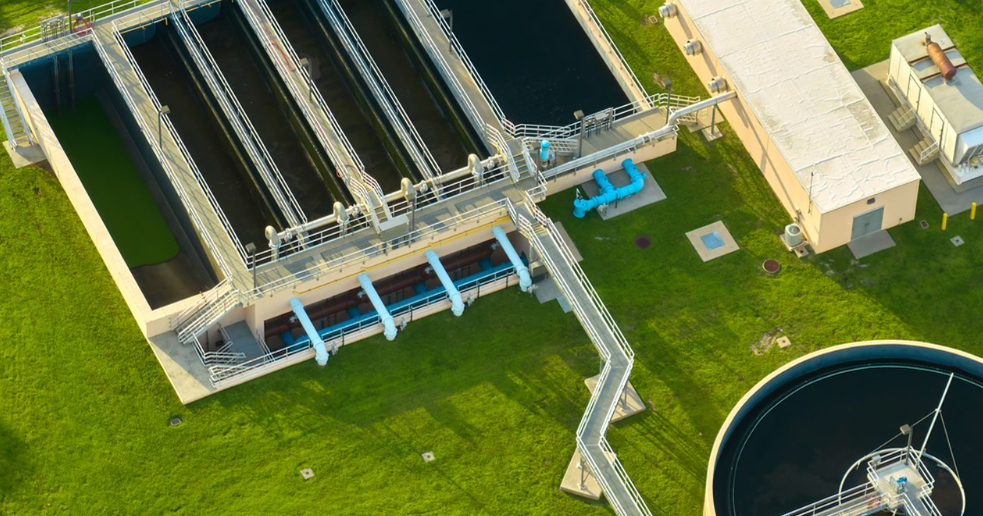Cattle wastewater, rich in organic matter, nutrients, and surfactants from feed and manure, often generates excessive foam during treatment—a persistent challenge that hinders efficient wastewater management. Excessive foam in anaerobic digesters, clarifiers, or aeration tanks can cause operational inefficiencies, equipment damage, and even environmental risks. To address this, defoamers (also known as foam removers or antifoam agents) designed specifically for cattle wastewater have become essential tools in modern treatment processes.
The Problem with Foam in Cattle Wastewater
Foam arises when organic compounds like proteins, fats, and carbohydrates decompose or react with air during agitation or biological processes. In aerobic systems, foam can trap gases, reduce oxygen transfer, and interfere with sludge separation; in anaerobic digesters, it may disrupt biogas production and cause foaming-related overflows. Traditional methods like mechanical defoaming are often insufficient or energy-intensive, making chemical defoamers a practical solution.
How Defoamers Work
Cattle wastewater defoamers operate through two primary mechanisms: antifoaming (preventing foam formation) and defoaming (breaking existing bubbles). Most formulations contain active ingredients such as silicone-based compounds, polyether derivatives, or natural oils that lower surface tension, destabilize foam films, and inhibit bubble coalescence. For example, silicone-based antifoam agents are highly effective in both acidic and alkaline conditions, penetrating foam layers to disrupt their structure without compromising microbial activity in bioreactors.
Types and Applications
1.Silicone-Based Defoamers: Widely used for their high efficiency and versatility, these agents are ideal for controlling dense, persistent foams in aerobic tanks and digesters. They are non-toxic and compatible with most wastewater treatment microbes, making them suitable for long-term use.
2.Polyether Defoamers: Effective in high-temperature environments, such as thermal treatment processes, they offer good solubility and are often used in combination with silicone-based products for complex foam challenges.
3.Natural/Organic Defoamers: Composed of plant oils or fatty acids, these eco-friendly options appeal to farms prioritizing sustainable practices, though they may require more frequent application due to lower persistence.
Defoamers are typically applied directly to wastewater tanks during foam outbreaks or as a preventive measure during peak organic loading (e.g., after slurry discharge). Proper dosage is critical—under-dosing leads to ineffective foam control, while over-dosing may cause surfactant-like side effects or increased treatment costs.
Environmental and Operational Benefits
Using specialized defoamers for cattle wastewater not only improves process efficiency but also aligns with environmental regulations. Modern formulations are designed to be biodegradable, non-foaming in downstream systems, and safe for aquatic life, minimizing ecological impact. By reducing foam-related downtime and maintenance, farms and treatment facilities can enhance wastewater treatment capacity, protect equipment, and ensure compliance with odor and discharge standards. In conclusion, defoamers are indispensable in cattle wastewater treatment, offering targeted solutions to a common operational hurdle. As the livestock industry prioritizes sustainable waste management, the development of more efficient, eco-friendly antifoam agents will continue to play a key role in optimizing wastewater systems and reducing environmental footprints.
As a professional chemicals manufacturer in the water treatment Industry, Sanmei have helped more than 5,000 plants with process solutions and helped them improve production efficiency, reduce costs, and optimize profit plans. Our main goal is to assist you in optimizing production efficiency and profitability in a sustainable way. Welcome to consult us and get a free wastewater treatment solution by filling in the form below or email to info@san-mei.com












